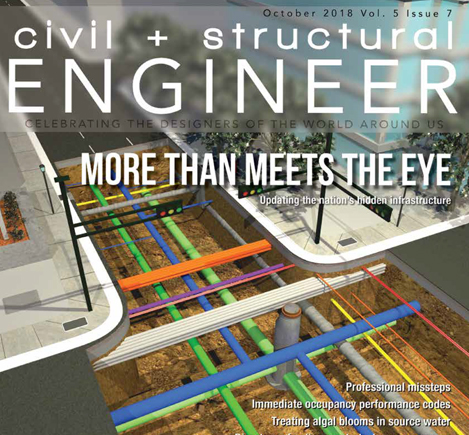Subsurface Utility Engineering: My Name is SUE!

MORE THAN MEETS THE EYE: Updating Our Nation’s Hidden Infrastructure!

SUE Technicians employing the Vac truck to expose underground utilities.
It’s no secret that infrastructure across the US has reached a point of no return. Every building material we use, concrete, steel, rubber, wood, and asphalt, all have expiration dates. Even with the most vigilant maintenance programs, eventual repair or replacement is inevitable. That doesn’t even account for expansion, new technology or improvements in materials. On the other hand, new, redevelopment or roadway expansion projects all rely on the associated utilities. While above ground infrastructure has the advantage of exposure to visual inspection–what about down under?
It Gets Complicated
Subsurface utilities are in a class by themselves. They weave intricate pathways of water, electric, sewer, gas, drainage and communication lines in, around and connecting to the more familiar above ground counterparts—but to the naked eye, they are invisible. This alone makes them as hard to find as it does to maintain which has always been problematic. Due to anything from inadequate data and incomplete as-builts to misinterpretations or unanticipated changes in geologic conditions, subsurface utilities can complicate projects and cause major delays, putting a strain on budgets. But there are solutions!
Subsurface Utility Engineering. SUE can be employed anywhere you need to verify underground utilities: new or existing residential and commercial building sites, transportation projects (roadways and railways), energy and pipeline easements, telecommunications installation sites, parks and recreational field installation or redevelopment–anywhere you break ground! Please read more to find out what you need to know about SUE in the October issue of Civil + Structural Engineer Magazine!
